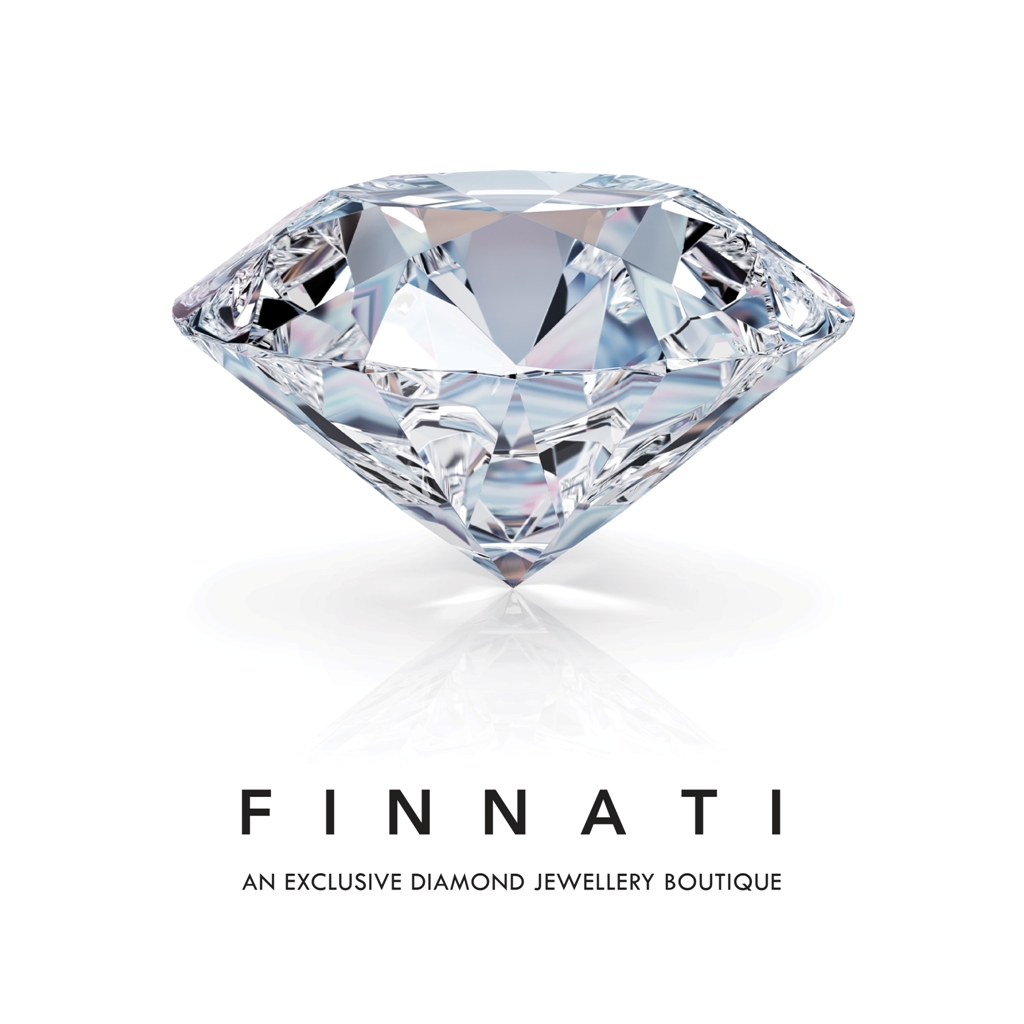There are people who work hard all day and night just to become something. And they become what they’ve always wanted to, worked for it, dreamt for it, done everything for it, it becomes a glory. A glorious win.
Diamonds.
The glory that is achieved after working hard for so many years. I mean, around one to 3.3 billion years. If it’s four billion years, blessing from the God, old and the new.
Deep beneath the earth’s surface, about 100 miles or so. The earth is still very hot there and it bears the weight and pressure of everything up above it and hence, it becomes a combination of very high temperature and the extreme pressure to form these diamonds.
We all know India is a country that has one of the most rich and glorious history. Now as diamonds are a synonym and love of the riches, one must know that the world’s love of diamonds has its roots back in India. The very first diamonds were found in India’s rivers and streams in the 4th century BC and the youngest of these diamonds were formed at least 900 million years ago.
For centuries, India was the only place for one could find precious stones and diamonds. he earliest known reference to diamond is a Sanskrit manuscript, dated from 320-296 B.C., but diamonds have been known in India for at least 3,000 years but most likely 6,000 years. In fact, until the 1730s India was the world’s only known source of diamonds. The word used for diamonds in Sanskrit is ‘Vajra,’ meaning ‘thunderbolt’ which was the weapon of Lord Indra, which reveals much about the spiritual properties attributed in ancient India to diamonds.
One of the very first diamonds were found in the mines of Golconda region of India. Diamonds were found only in alluvial deposits in Guntur along the rivers Penner, Krishna and Godavari in Southern India. In 600 B.C. the Mahajanapada Empire had its own units of currency, and it’s own units of measurement for diamonds. The ancient Indians used a Tandula as a unit of measure, which was equivalent to the weight of a grain of rice. Their currency was called the Rupaka, and according to a price list written in Sanskrit in the Third century, a diamond that weighed 20 Tandulas was worth 200,000 Rupaka.
India was the only source of diamonds for centuries and although the supply of these mines has been very much exhausted, diamonds are still found in India. Surat city of Gujarat is estimated to be polishing 11 diamonds out of every 12 diamonds.
The significance of diamonds in ancient Indian society was so great that there was a separate profession for it called Mandalins, the diamond experts. The diamond played such an important role in ancient India that its properties and magic powers were studied right to the minutest detail. Everything was recorded with great accuracy and implemented painstakingly in social life. At the time of their discovery, diamonds were valued because of their strength and brilliance, and for their ability to refract light and engrave metal.
The diamond’s rarity, beauty, and strength make it a fitting symbol of the resilience and longevity of marriage. In addition to engagement rings, diamonds are traditionally given as gifts to commemorate the milestone of the sixtieth anniversary. With their rich history, sense of permanence, and lustrous brilliance, diamonds are a natural choice to signify a lasting union.

